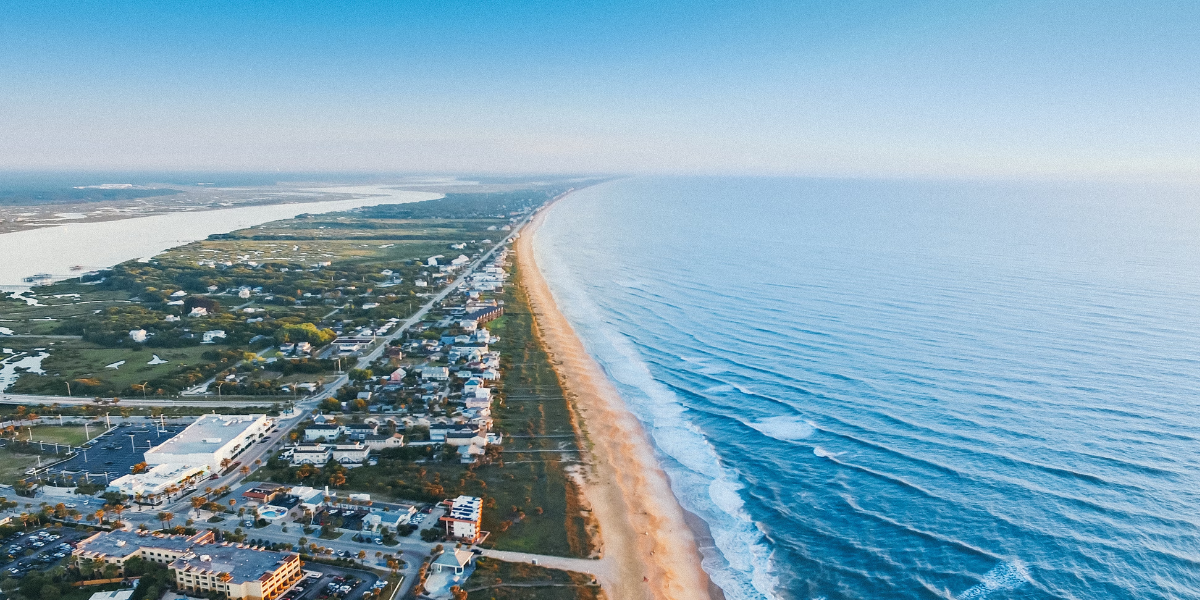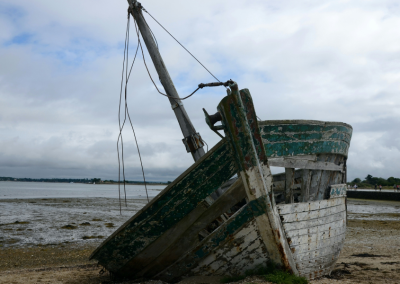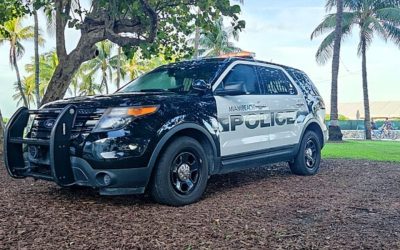Florida was the site of some of the earliest European settlements in America.
There are still parts of the country’s past being uncovered.
And archeologists found one piece of history in Florida from a scary time.
Florida archeologists discover signs of British rule in the country’s oldest city
St. Augustine, Florida, is the oldest continuously inhabited European settlement in the United States.
The historic city was founded in 1565 by the Spanish explorer Pedro Menéndez de Aviles.
Spain ruled St. Augustine and Florida until control of the territory was turned over to the British in 1763 after the Seven Years’ War.
The British controlled the city for 20 years until the American Revolution.
St. Augustine is a city teeming with history.
Historic buildings and structures dating back to Spanish rule are still standing today.
The city has its own archeology department to preserve the centuries of history in the area.
Archeologists discovered relics from the period of British control over St. Augustine.
“St. Augustine had a 20-year British period,” St. Augustine archeologist Andrea White explained. “They came, and they built seven of these redoubts, and nobody has ever found any archelogically. We have rough ideas of where they were, and they show up on historic maps. But we’ve never found actual, tangible, archeological evidence for any of them until recently.”
The Spanish built the Castillo de San Marcos fort on the city’s Matanzas Bay to defend it from attack via the ocean.
It has become a National Monument today and a major tourist attraction.
Mysteries about British rule in Florida remain
The brief period of British rule in St. Augustine has been forgotten over the years.
Archeologists are still learning about this era in the city’s history from their discoveries.
The British built defenses after they took over St. Augustine to protect the city from attack from the rivers around it.
“That’s what’s interesting about these British redoubts, they’re the only defenses that the British built themselves,” White noted. “Everything else that’s in St. Augustine or the surrounding area that everyone’s familiar with, those were already built by the Spanish. And then the British just kind of reoccupied them.”
St. Augustine issued a city ordinance in 1986 to create an archeology department in the office of planning and permitting.
“We get a chance to come in and document what’s there prior to construction,” White stated. “We never stop construction, that’s not the goal. It’s just to give us a little bit of time to come in, document what might be there, learn a little bit more about our history, and then the project gets to move forward.”
The archeology department has worked on over 1,200 projects since its founding.
White and her team found a moat the British built as part of their defense for the city.
“So we knew we had multiple centuries of history that could potentially be on the property, but we’re pretty excited to actually find evidence,” White said. “What we found evidence of was a large moat about 15 feet wide that would have been part of the rampart.”
Contractor Jason Heidgerken is developing the site where the moat was discovered.
“I’ve been around St. Augustine since 1980 personally, and part of the attraction is the history,” Heidgerken stated. “So if you want to live there and do this kind of business, it’s to be expected, and you need to have the patience for it.”
White has discovered relics that go back thousands of years.
“I actually think it’s pretty cool what the city does. I’m a history nut myself,” Heidgerken said. “I think it’s pretty neat.”
DeSantis Daily will keep you up-to-date on any developments to this ongoing story.









